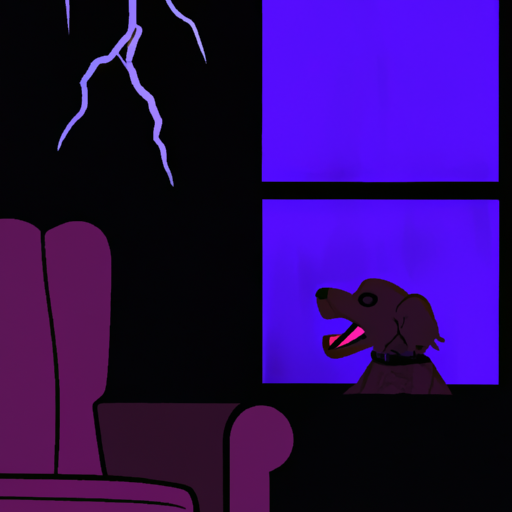Understanding the Basics of Canine Behavior
As a caregiver, you might often find yourself wondering about the different behaviors exhibited by your four-legged companion. One important aspect to understand is that dogs, much like humans, display a range of emotions and reactions, depending on their emotional state and the situation around them. Panting, for instance, is a common canine behavior that could mean a variety of things – from excitement to fear.
Why Do Dogs Pant?
Before you jump to conclusions, let’s understand why dogs pant in the first place. Panting is a normal behavior in dogs and serves several purposes:
- Regulate body temperature: Dogs don’t sweat like humans. They release heat and cool down by panting.
- Sign of excitement or happiness: Sometimes, dogs pant when they’re excited, joyful, or after a good round of play.
- Response to stress: Dogs may pant when they’re stressed or scared, which is also accompanied by other signs like pacing, hiding, or shaking.
Understanding these factors can help you gauge the reasons behind your dog’s panting.
Reading the Signs: Is Your Dog Scared?
Now, how do you decipher if your dog is panting out of fear?
- Increased heart rate: A scared dog’s heart rate tends to increase, resulting in faster panting.
- Body language: Look for other signs of fear such as ears pinned back, tail between the legs, or avoidance behavior.
- Changes in behavior: If your usually playful and energetic dog suddenly starts panting excessively along with showing signs of restlessness, it could be a sign of fear.
What Triggers Fear in Dogs?
Several factors could potentially scare your dog, leading to panting:
- Loud noises: Thunderstorms, fireworks, or loud music can induce fear in dogs.
- New environments or people: Dogs can get scared in unfamiliar surroundings or with strangers.
- Past traumas: Dogs with a history of abuse or neglect might get scared easily.
How to Comfort a Scared Dog?
As a caregiver, it’s crucial to comfort your scared dog:
- Provide a safe space: A quiet, darkened room or a familiar crate can provide a sense of security.
- Use calming aids: From calming music to anxiety wraps, these can help soothe a scared dog.
- Positive reinforcement: Reward your dog for calm behavior, to help them associate the scary situation with positive outcomes.
Frequently Asked Questions
Q1: What other signs might a scared dog show?
A: Apart from panting, a scared dog might whine, bark, hide, or show a loss of appetite.
Q2: How can I prevent my dog from getting scared?
A: Regular socialization, training, and gradual exposure to scary situations can help.
Q3: Should I take my dog to a vet if they’re panting out of fear?
A: If the fear-induced panting is frequent or causing distress, it’s best to consult a vet.
Remember, as a caregiver, your role is instrumental in understanding and addressing your dog’s fears. It’s your love and support that can help them navigate through their fears and anxieties.



